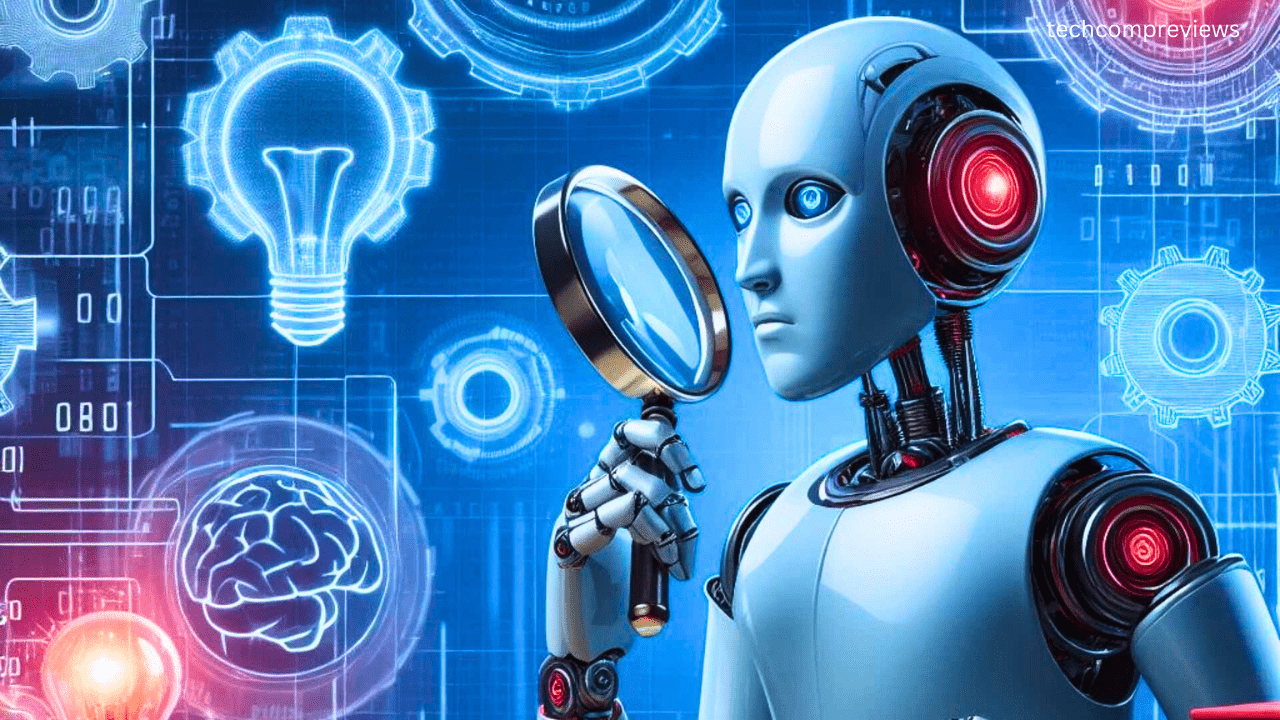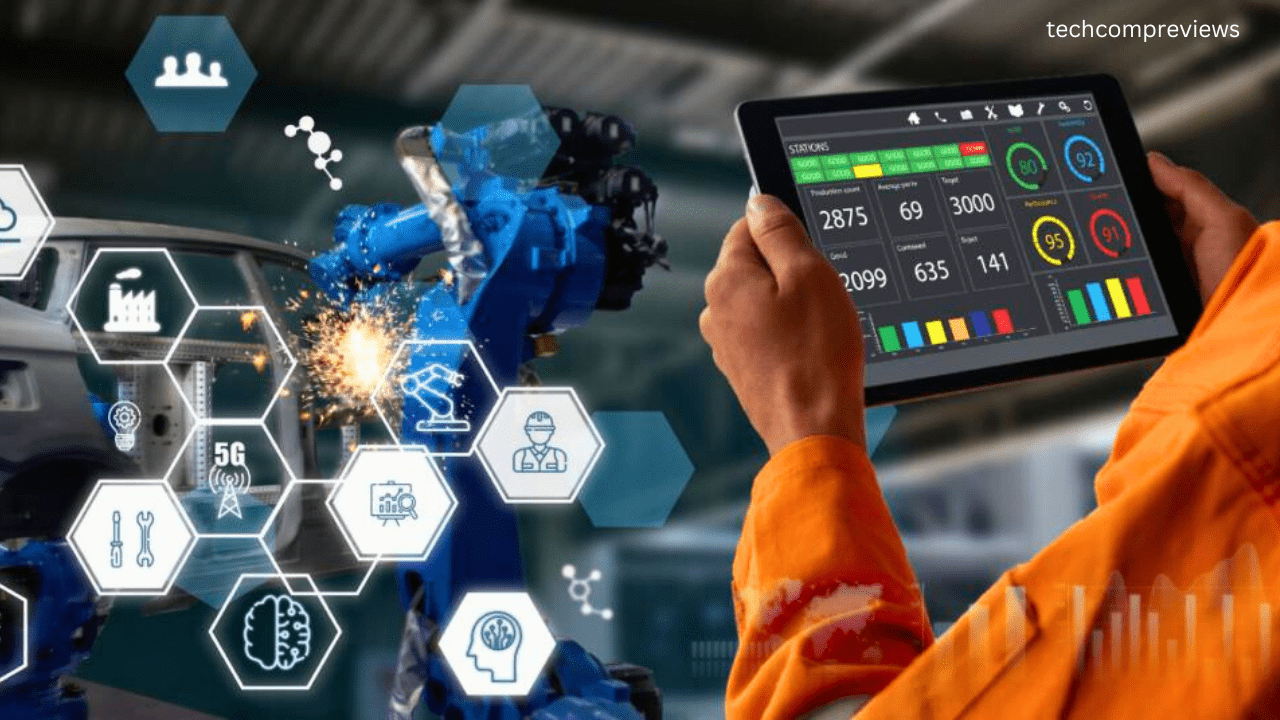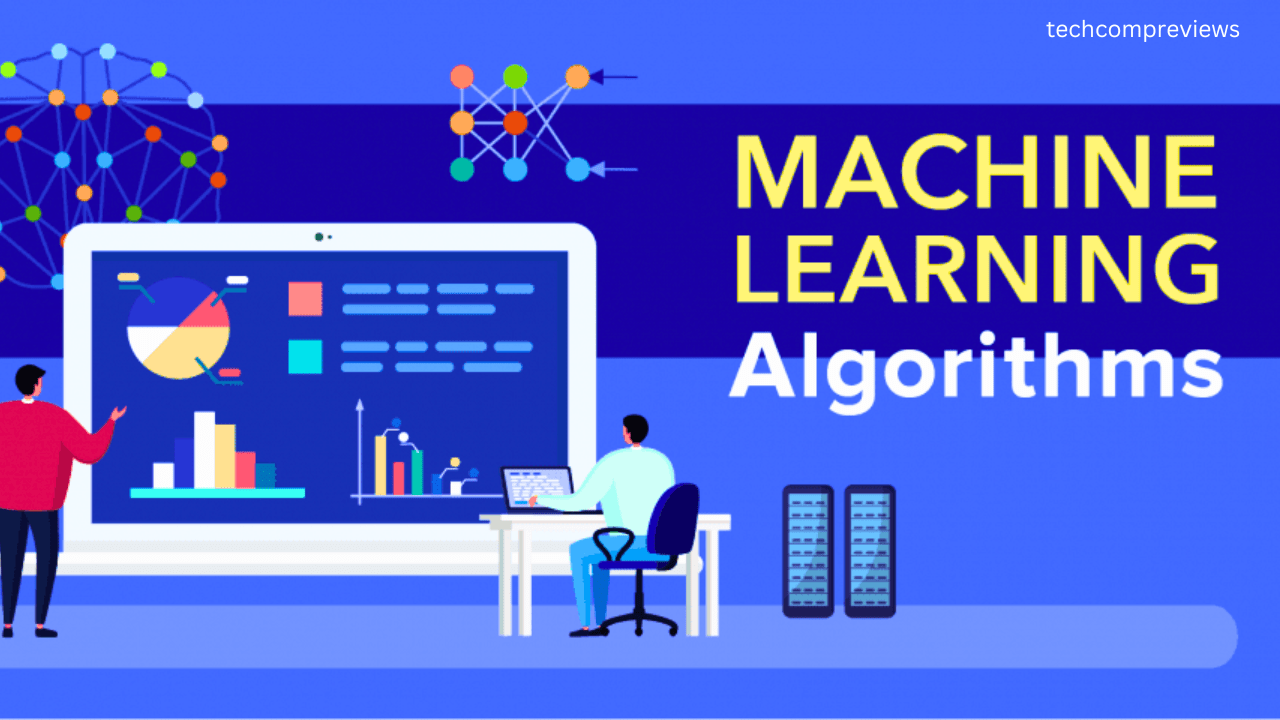Welcome to the exciting field of machine learning. As we step into 2024, the landscape of technology is ever-evolving, and machine learning is at the forefront of this revolution. Whether you’re a seasoned data scientist or a curious beginner, understanding the top machine learning algorithms can open up a world of possibilities for you. Let’s dive into the top 10 machine learning algorithms you should be familiar with in 2024.
1. Linear Regression
What is Linear Regression?
Linear Regression is one of the simplest and most widely used algorithms in machine learning. It’s a supervised learning technique used for predicting a continuous outcome variable (Y) based on one or more predictor variables (X). The relationship between the dependent and independent variables is modeled using a straight line (hence, ‘linear’).
How Does It Work?
The goal of linear regression is to fit a line that best represents the data points. The line is described by the equation ( Y = aX + b ), where:
- Y: Dependent variable
- X: Independent variable
- a: Slope of the line
- b: Intercept
The algorithm works by minimizing the sum of the squared differences between the actual values and the predicted values on the line.

Real-world Applications
- Risk Assessment: In the insurance industry, linear regression can predict the risk of future claims based on historical data.
- Sales Forecasting: Businesses use it to predict future sales based on past sales data and other variables like seasonality.
2. Logistic Regression
What is Logistic Regression?
Logistic Regression is another supervised learning algorithm, but unlike linear regression, it is used for binary classification problems. This means it’s used when the outcome is a discrete value, such as 0 or 1, true or false, yes or no.
How Does It Work?
Logistic regression estimates the probability that a given input belongs to a certain class. The algorithm uses the logistic function to squeeze the output of a linear equation between 0 and 1.
Real-world Applications
- Medical Diagnosis: Logistic regression can predict the presence or absence of a disease based on symptoms and other medical data.
- Credit Scoring: Banks use it to predict whether a loan applicant will default on their loan.
3. Decision Tree
What is a Decision Tree?
A Decision Tree is a supervised learning algorithm that can be used for both classification and regression tasks. It models decisions and their possible consequences as a tree structure, making it easy to understand and interpret.
How Does It Work?
The tree consists of nodes that represent a feature or attribute, branches that represent decision rules, and leaves that represent the outcome. The algorithm splits the dataset into subsets based on the feature that provides the highest information gain (or lowest Gini impurity for classification tasks).
Real-world Applications
- Customer Segmentation: Businesses use decision trees to segment customers based on various attributes like age, income, and purchasing behavior.
- Loan Approval: Banks use it to classify loan applicants based on their likelihood of defaulting.
4. Random Forest
What is Random Forest?
Random Forest is an ensemble learning method that operates by constructing multiple decision trees during training and outputting the mode of the classes (classification) or mean prediction (regression) of the individual trees.
How Does It Work?
The algorithm creates a ‘forest’ of randomly created decision trees. Each tree is built from a bootstrap sample of the data, and at each split, a random subset of features is considered. This process helps in improving the accuracy and robustness of the model.
Real-world Applications
- Fraud Detection: Random forests are used to detect fraudulent transactions by analyzing patterns in the transaction data.
- Healthcare: They help in predicting diseases and treatment outcomes based on patient data.

5. Naive Bayes
What is Naive Bayes?
Naive Bayes is a family of probabilistic algorithms based on Bayes’ Theorem. It is called ‘naive’ because it assumes that the features are independent of each other, which is rarely the case in real-world scenarios.
How Does It Work?
The algorithm calculates the probability of a data point belonging to a certain class based on the prior probability of the class and the likelihood of the data given the class.
Real-world Applications
- Spam Filtering: Email services use Naive Bayes classifiers to identify spam emails based on the content and metadata.
- Text Classification: It is widely used in natural language processing (NLP) tasks such as sentiment analysis and document classification.
6. Support Vector Machine (SVM)
What is Support Vector Machine?
Support Vector Machine (SVM) is a powerful supervised learning algorithm used for both classification and regression tasks. It works by finding the hyperplane that best divides a dataset into classes.
How Does It Work?
SVM works by mapping the input data into high-dimensional feature spaces and then finding the hyperplane that best separates the classes. The best hyperplane is the one that maximizes the margin between the classes.
Real-world Applications
- Image Classification: SVMs are used in image recognition and classification tasks.
- Stock Market Prediction: They help in predicting stock price movements based on historical data.
Which Language Is Best For Machine Learning?
7. K-Nearest Neighbors (KNN)
What is K-Nearest Neighbors?
K-Nearest Neighbors (KNN) is a simple, instance-based learning algorithm used for classification and regression tasks. It makes predictions based on the K most similar instances in the training dataset.
How Does It Work?
The algorithm calculates the distance between the input data and all the points in the training data. The K closest points (neighbors) are then identified, and the majority class among the neighbors is returned as the prediction (for classification tasks).
Real-world Applications
- Recommendation Systems: KNN is used to recommend products or services based on user similarity.
- Pattern Recognition: It is applied in handwriting recognition and image classification.
8. K-Means Clustering
What is K-Means Clustering?
K-Means is an unsupervised learning algorithm used for clustering tasks. It partitions the data into K clusters, where each data point belongs to the cluster with the nearest mean.
How Does It Work?
The algorithm initializes K centroids randomly, then iteratively assigns each data point to the nearest centroid and updates the centroids to the mean of the assigned points. This process repeats until convergence.
Real-world Applications
- Customer Segmentation: Businesses use K-Means to segment customers into different groups for targeted marketing.
- Image Compression: It is used to reduce the number of colors in an image by clustering similar colors.

9. Gradient Boosting Algorithms
What is Gradient Boosting?
Gradient Boosting is an ensemble learning technique used for regression and classification tasks. It builds models sequentially, each correcting the errors of the previous one.
How Does It Work?
The algorithm trains a sequence of weak learners (typically decision trees), each focusing on the errors of the previous ones. The final model is a weighted sum of the weak learners.
Real-world Applications
- Web Search Ranking: Gradient boosting algorithms are used in ranking search results.
- Predictive Analytics: They are applied in various predictive tasks such as forecasting sales and predicting customer churn.
How do I become a data scientist without programming knowledge
10. Artificial Neural Networks (ANN)
What is Artificial Neural Network?
Artificial Neural Networks (ANN) are inspired by the human brain and consist of interconnected nodes (neurons) that process data in layers. They are highly effective for complex tasks like image and speech recognition.
How Does It Work?
ANNs consist of input, hidden, and output layers. Each neuron in a layer receives inputs, processes them, and passes the output to the next layer. The network learns by adjusting the weights of the connections during training.
Real-world Applications
- Face Recognition: ANNs are used in systems that recognize human faces.
- Natural Language Processing: They are applied in tasks like language translation and sentiment analysis.
Conclusion
The world of machine learning is vast and ever-changing. These top 10 machine learning algorithms are foundational tools that every aspiring data scientist or machine learning enthusiast should be familiar with. From predicting sales trends to recognizing faces in images, these algorithms power many of the technologies we use daily. As you delve deeper into the field, understanding and mastering these algorithms will provide you with the skills to tackle complex problems and innovate in various domains. Happy learning and happy coding.
